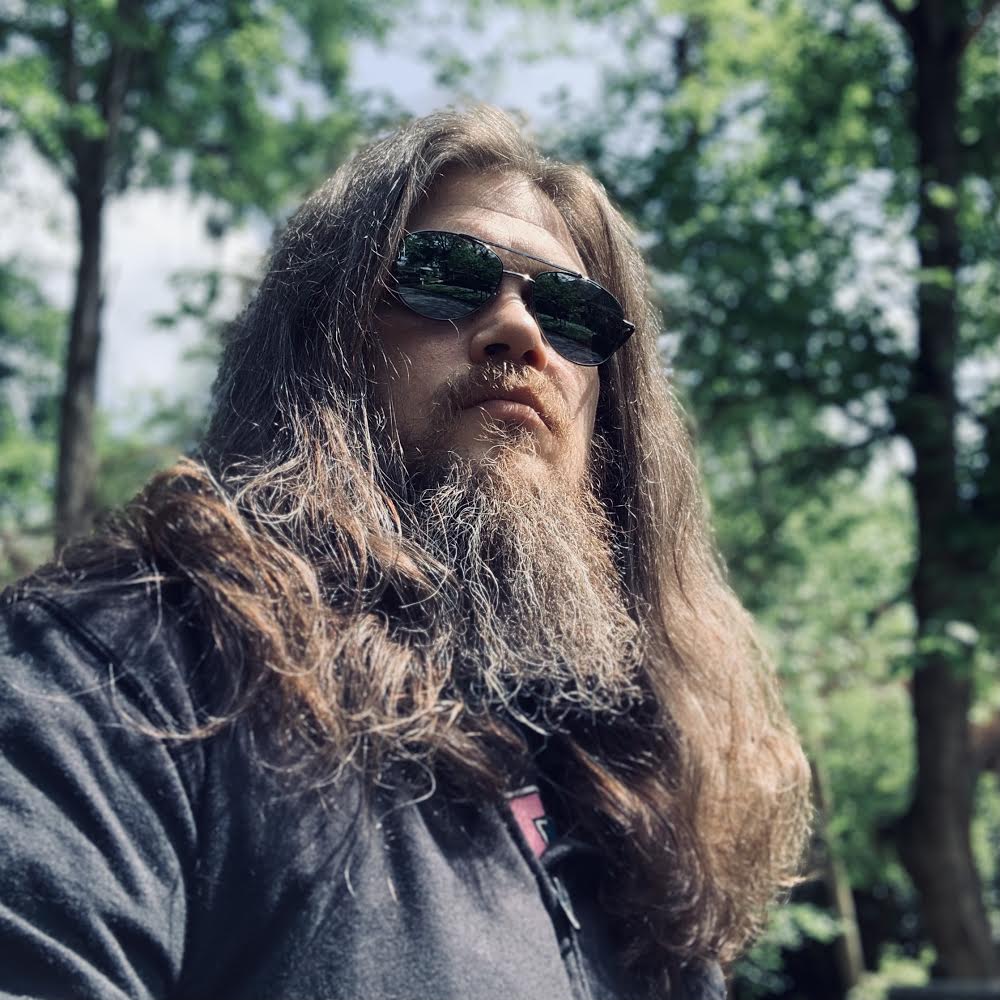From Green to Gold Goblin - the many lives of Norman Osborn
Norman Osborn is getting close to 60 years in the Marvel Universe, and in that time he's done a lot more than just be the Green Goblin
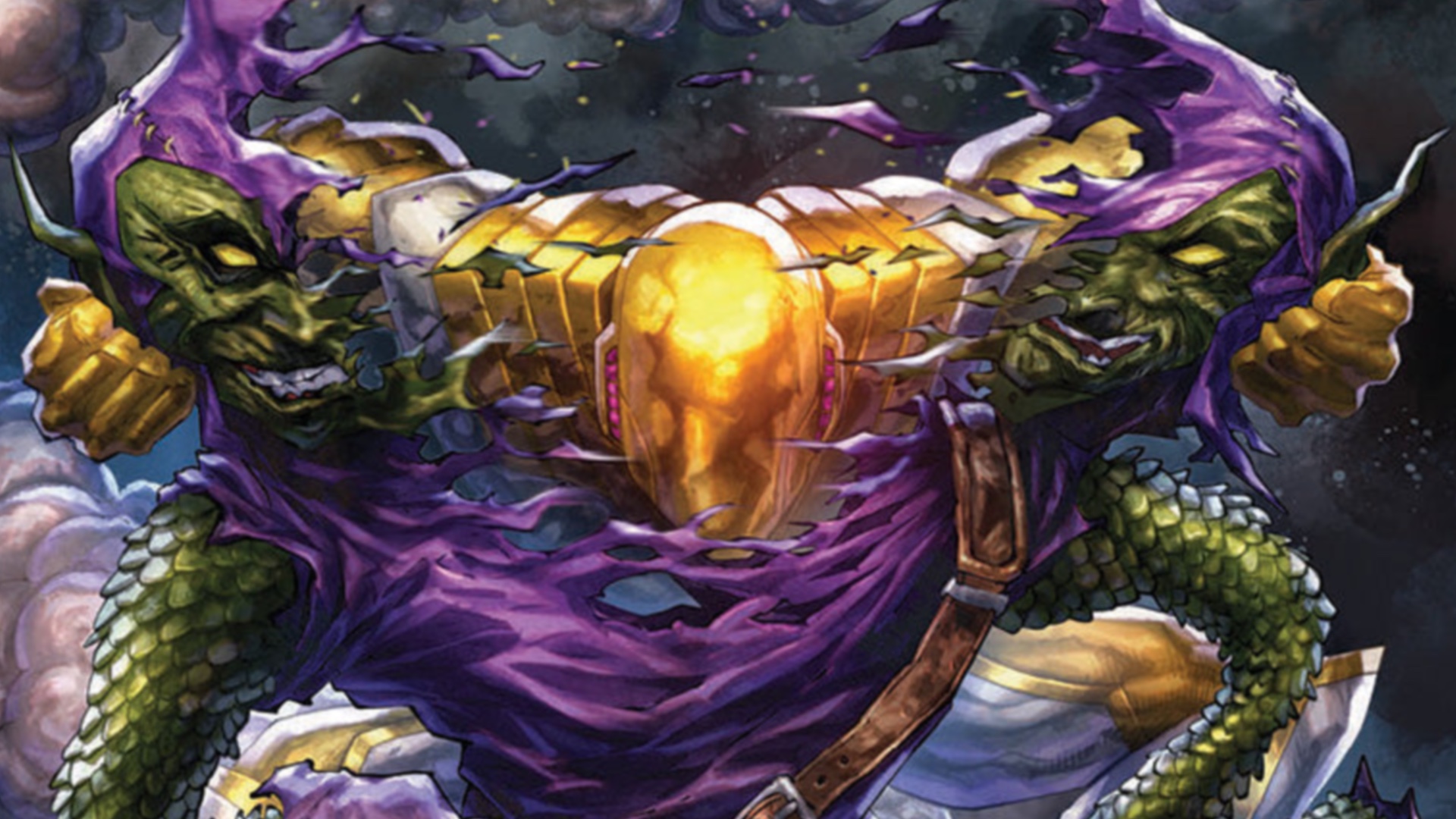
For almost 60 years (since 1964, to be exact), Norman Osborn, the original Green Goblin, has been one of Spider-Man's arch-enemies and arguably his greatest foe. However, things have shifted a bit in recent years, with Osborn apparently turning over a new leaf as not just a nice guy, but also Peter Parker's boss - and most recently, as the superhero known as the Gold Goblin (a name given by the press that Norman himself dislikes).
But there's quite a lot of mileage between Norman's 1964 introduction as the father of Peter's best friend Harry Osborn and his reveal as Green Goblin, and now into his time as Gold Goblin. In the years since 1964, Osborn has been a scientist, a villain, a government agent, and more. So pack up your Pumpkin Bombs and get on your Goblin Glider as we recount the many lives of Norman Osborn.
The Green Goblin
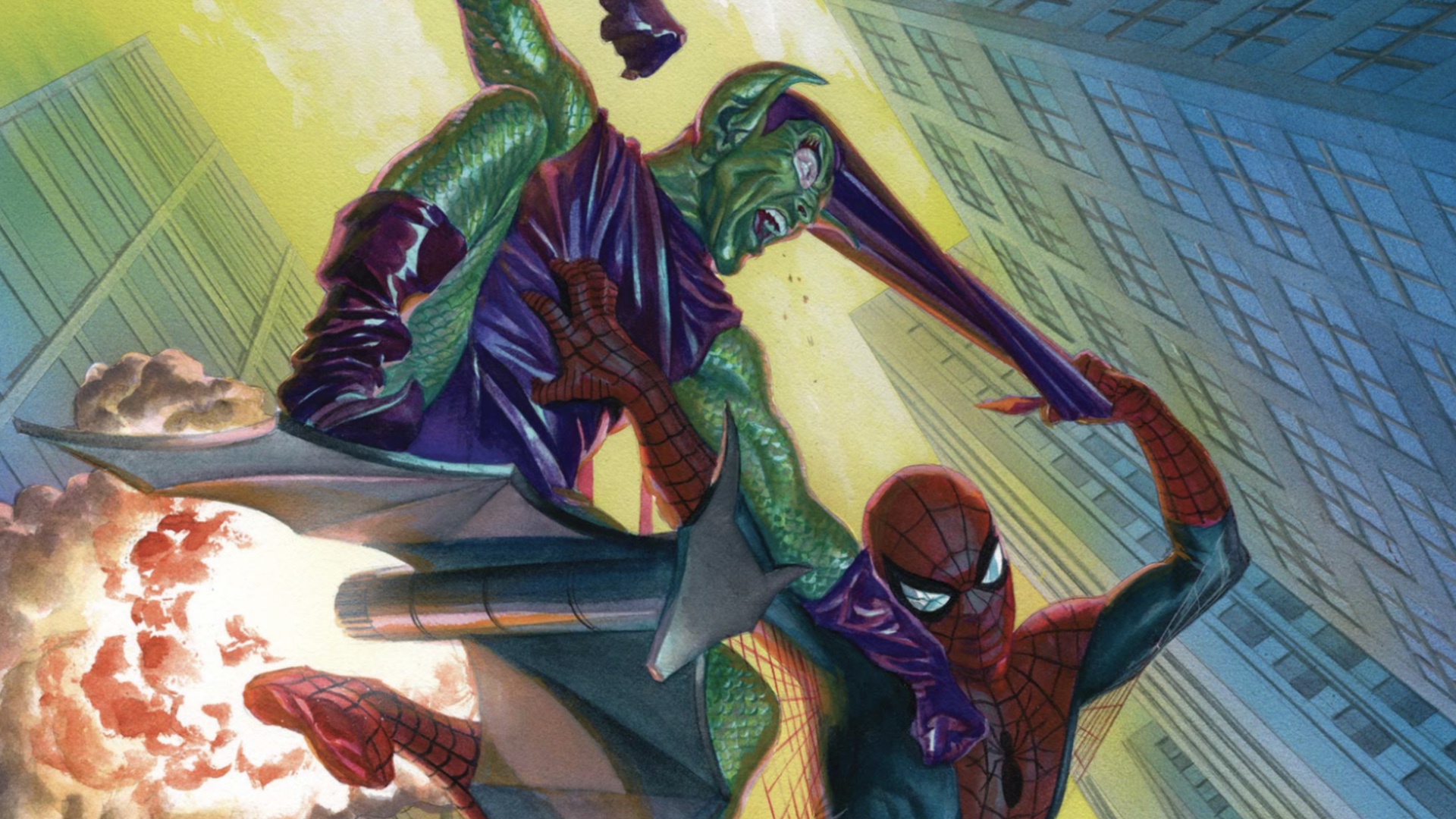
When the Green Goblin first appeared in 1964's Amazing Spider-Man #14 by Steve Ditko and Stan Lee, his true identity was a mystery. And it remained that way for several years, with the villain's appearances building to the reveal of who the Green Goblin really was.
Introduced in 1966's Amazing Spider-Man #37, also by Ditko and Lee, Norman Osborn quickly became the number one suspect before being revealed as the Green Goblin just two issues later.
From then on, the tension of Norman Osborn, the father of Peter Parker's best friend, becoming his arch-enemy became one of Spider-Man's biggest ongoing subplots. Osborn's biggest moment as the Green Goblin came in 1973's Amazing Spider-Man #121, in which he kills Peter Parker's girlfriend Gwen Stacy, later dying himself in a climactic battle with Spider-Man.
When Osborn finally returned in the '90s, it was revealed that he had secretly been manipulating many of the darkest events of Peter's life since the time of his apparent death, which was only temporary thanks to a healing factor granted to him by his Goblin Serum.
For a few years, Osborn nurtured his business interests, even buying the Daily Bugle, before finally being arrested and sent to prison after returning to his Green Goblin persona.
Comic deals, prizes and latest news
Get the best comic news, insights, opinions, analysis and more!
Thunderbolts Leader
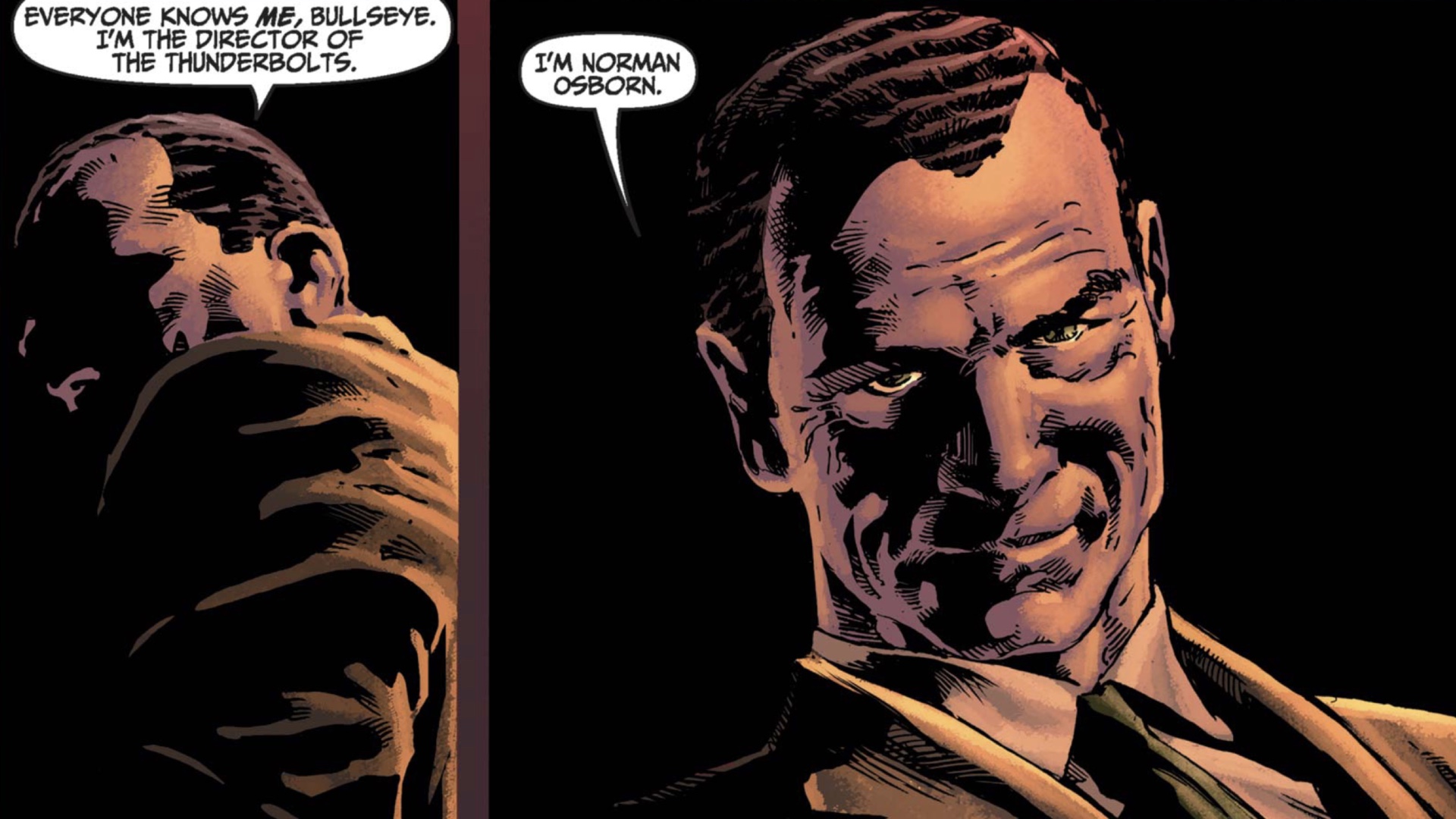
After receiving treatment and medication to suppress his Green Goblin side, Osborn attempts to leave his villainous identity behind, eventually being appointed the head of the US government's newly formed Thunderbolts program, which enlisted captured supervillains to track down heroes who refused to unmask as part of the Super-Human Registration Act during the story Civil War.
In his time as director of the Thunderbolts, Norman mostly relies on the brute force of his underlings to avoid getting his hands dirty - though he does employ his Green Goblin persona a time or two.
Norman’s big moment as director of the Thunderbolts comes in the story Secret Invasion, in which he personally fires the shot that takes down the Skrull Empress, leading Norman to get a promotion as the head of a new government security agency called HAMMER.
Iron Patriot
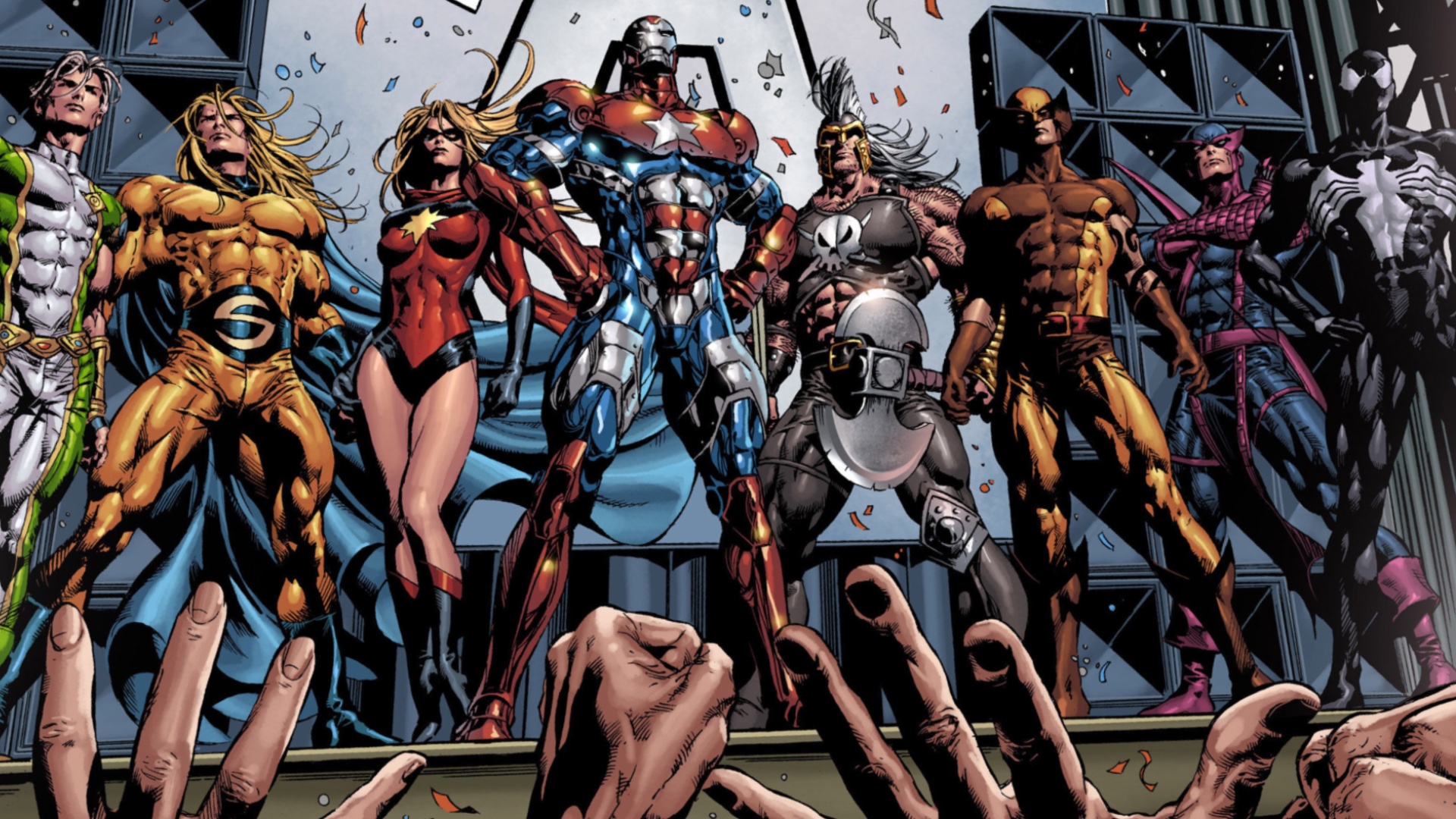
As director of HAMMER, Osborn took on the role once occupied by Nick Fury and SHIELD - though he took things even further by becoming a superhero himself.
Using a confiscated Iron Man armor painted red white and blue, Osborn dubs himself the Iron Patriot (you MCU fans will remember Rhodey's adapted version of the concept in Iron Man 3) and assembles a team of Dark Avengers, made up of villains such as Bullseye and Moonstone taking on the identities of heroic Avengers like Hawkeye and Captain Marvel.
Behind the scenes, Osborn also forms a 'Cabal' of influential villains, including Doctor Doom, Namor, Emma Frost, and Loki, as a kind of inversion of the secret superhero society the Illuminati.
Osborn’s machinations with the Dark Avengers included enlisting the ultra-powerful but unstable hero the Sentry as his personal enforcer, eventually resulting in the story Siege in which Sentry destroys Asgard at Osborn’s request, also ensuring Osborn’s downfall as director of HAMMER.
Super-Adaptoid
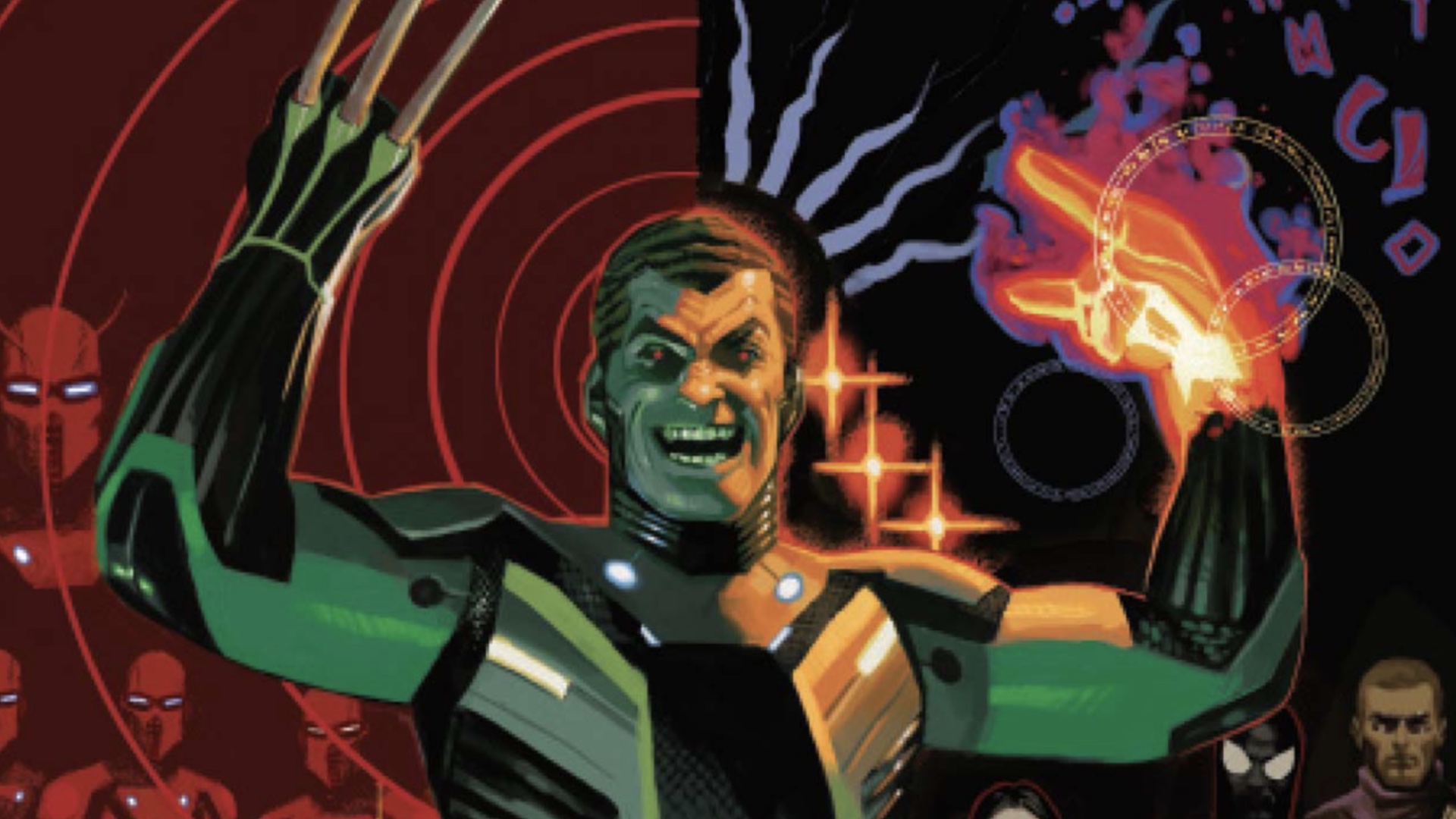
That was hardly the end of Norman Osborn, HAMMER, or the Dark Avengers, though. Now operating as a rogue agent, Osborn attempts to assemble a new version of HAMMER as his own personal army.
As part of his scheme to become the self-declared "head of world security," Osborn undergoes an experimental procedure in which he's cybernetically altered to become a sentient version of classic Avengers villain the Super-Adaptoid.
This gives Osborn the ability to mimic the powers and abilities of the Avengers, giving him a brief edge in combat against the team. However, Osborn once again falls when the Hulk's son Skaar, one of his Dark Avengers, turns out to be a spy for the Avengers and double crosses him.
Osborn’s Super-Adaptoid transformation is reversed, but he disappears from custody.
The Goblin King
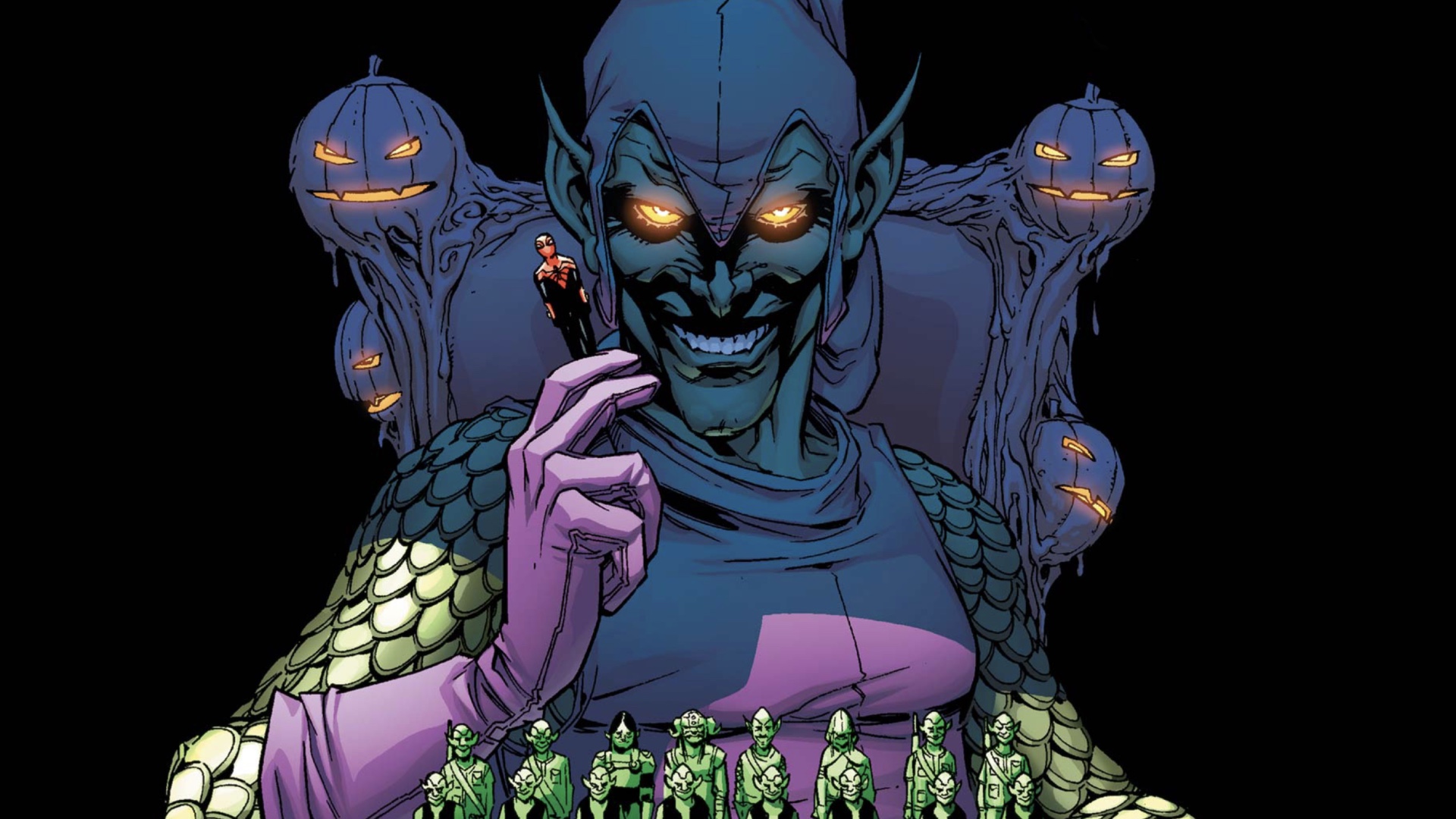
After Osborn’s disappearance, a new Goblin appears in New York City to take on Spider-Man, who was at this time secretly Doctor Octopus, who previously mind-swapped with Peter Parker (the Superior Spider-Man era).
Dubbed the Goblin King, the new villain enacts a city-wide plan to turn the Superior Spider-Man's tech against him alongside an army of Goblin soldiers.
As it turns out, the new Goblin King was in fact Norman Osborn, having undergone extensive plastic surgery to change his appearance.
In the end, he's defeated when Doc Ock surrenders Peter Parker's body back to him, allowing the original Spider-Man to take down his arch-enemy by using a special serum that removed his Goblin powers.
Red Goblin
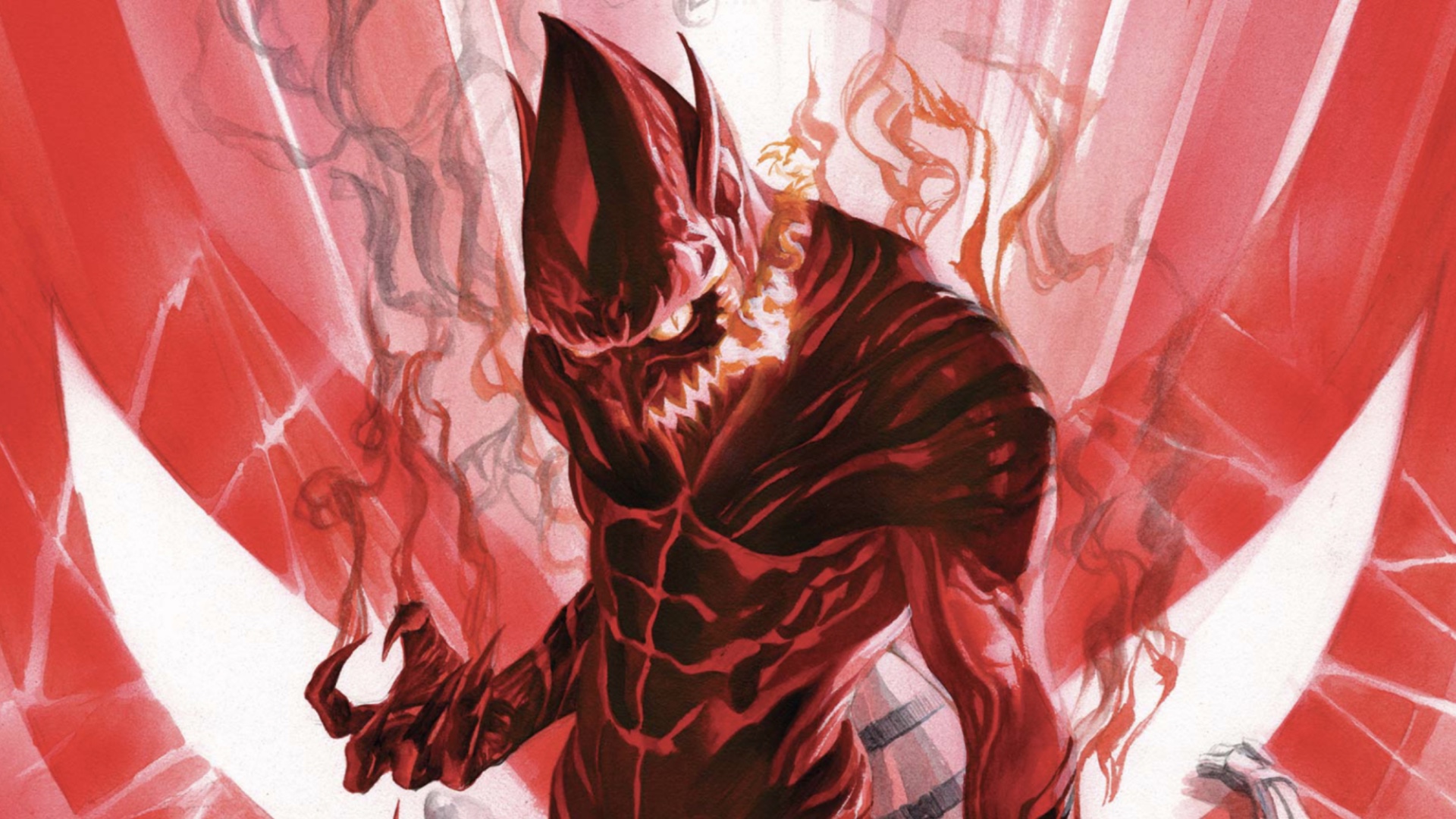
Following a quick transformation back into his original appearance (plastic surgery is apparently extremely advanced and versatile in the Marvel Universe), Osborn's lust for power becomes too much for him to bear without his Goblin powers.
After trying and failing to develop the ability to do magic, Osborn turns to more extreme measures, stealing and bonding with the murderous Carnage symbiote.
Dubbing himself Red Goblin, Osborn uses the Carnage symbiote to run rampant all over New York.
In the end, Spider-Man tricks Osborn into shedding the symbiote, which is then destroyed by Spider-Man, allowing him to defeat Osborn again.
The Gold Goblin
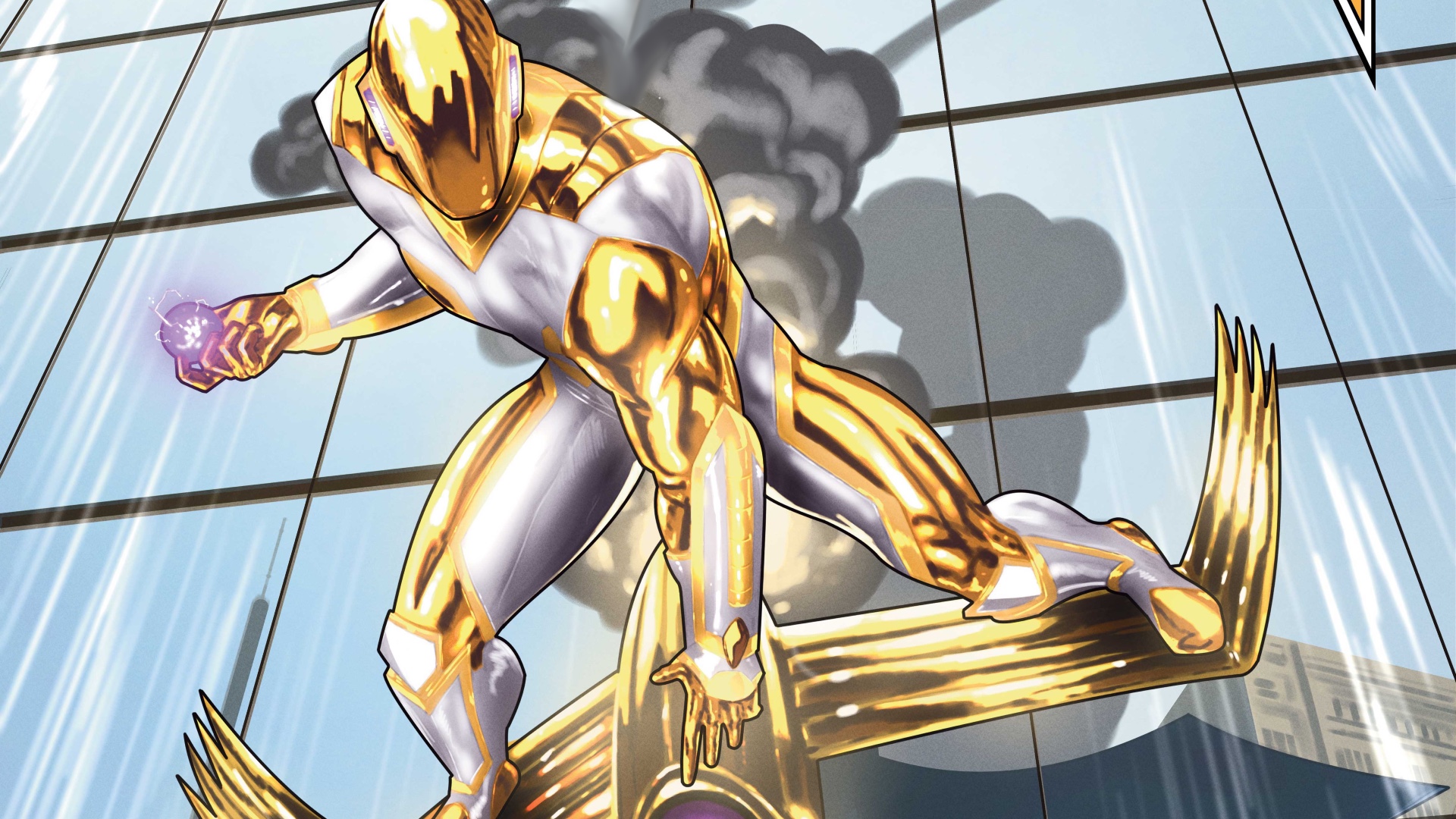
When Osborn resurfaces, he's once again in his Green Goblin persona, reluctantly teaming up with Spider-Man to take on the villainous Sin-Eater.
But after attempting to betray Spidey (big surprise there), Osborn is attacked by the Sin-Eater, who "cleanses his sins," essentially changing his disposition to make him less villainous.
Osborn first resists putting on a new costume, instead turning over a new leaf by giving Peter Parker a job and providing updated tech for Spider-Man. But after an attack by two Hobgoblins leaves Spider-Man in deadly danger, Osborn steps up as a hero with a new costume to save him, dubbed the 'Gold Goblin' by the press.
And that's where Osborn currently stands in his own Gold Goblin limited series. However, Osborn's facade of heroism and kindness is starting to crack, with visions of the Green Goblin and the weight of his past misdeeds seemingly pushing him back toward villainy.
Norman Osborn in the MCU?

Thanks to Spider-Man: Now Way Home, Willem Dafoe's Green Goblin/Norman Osborn temporarily resided in the MCU, though he's been seemingly cured of the mental instability that made him the Green Goblin and returned back to his own universe along with Tobey Maguire's Spider-Man.
Of course, this does not preclude the MCU universe from having its own Norman Osborn, which actually opens up an interesting potential dynamic.
Would the spell Doctor Strange cast that made anyone who knew Peter Parker forget him, and therefore forget Peter is Spider-Man, result in Doctor Strange, MJ, and Ned also forgetting most of the key events of No Way Home and therefore any knowledge of Green Goblin/Norman Osborn?
If the MCU's own Norman Osborn publicly emerged, perhaps as a famous industrialist, or a high-ranking government official, Peter would be in the unique position to know about his potential secret villainous disposition or destiny, perhaps even before the MCU Normal himself would, and but he'd have no one with any reason to share or understand his concern.
That's probably long-shot but it would be one way for Marvel Studios to get more mileage from one of comic books' all-time greatest supervillains.
Speaking of which, thanks to his extensive history, Norman Osborn ranks as one of the best Spider-Man villains ever and one of the best Avengers villains ever.
I've been Newsarama's resident Marvel Comics expert and general comic book historian since 2011. I've also been the on-site reporter at most major comic conventions such as Comic-Con International: San Diego, New York Comic Con, and C2E2. Outside of comic journalism, I am the artist of many weird pictures, and the guitarist of many heavy riffs. (They/Them)
